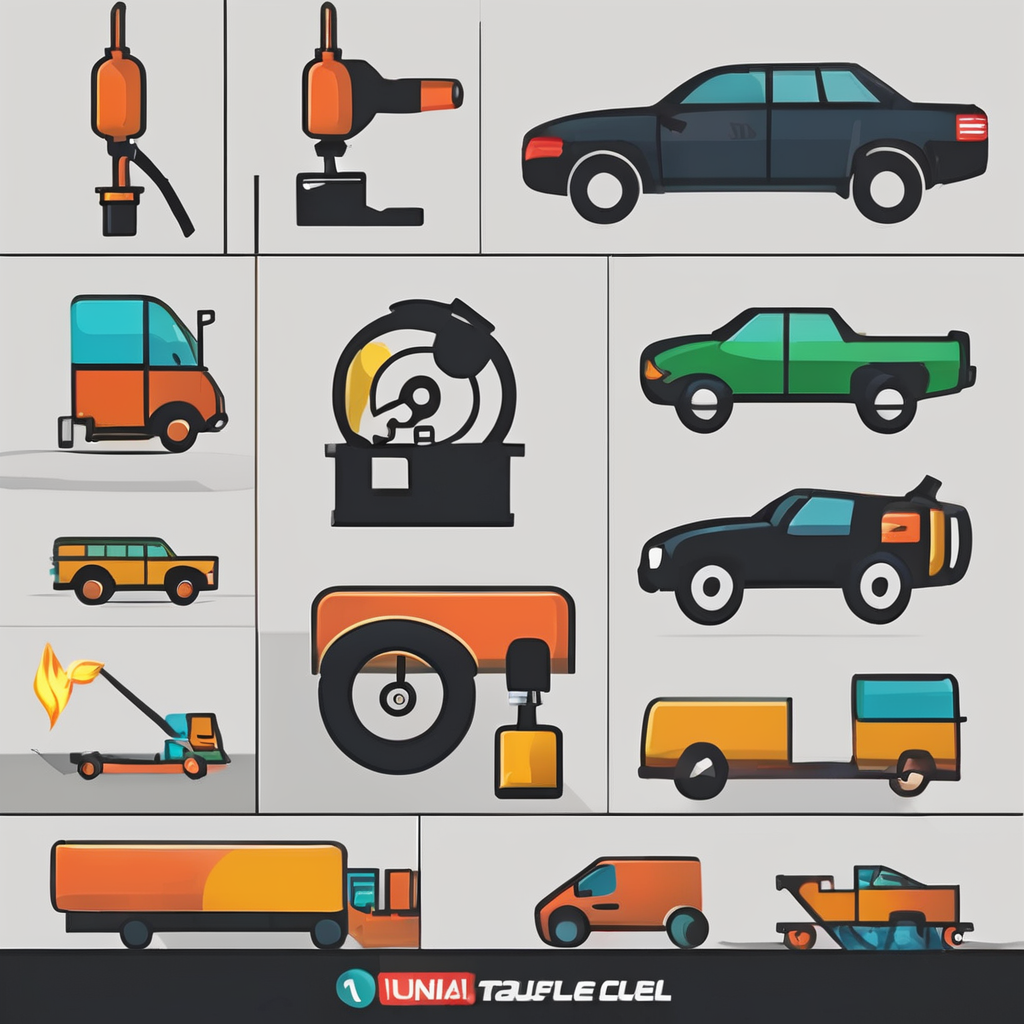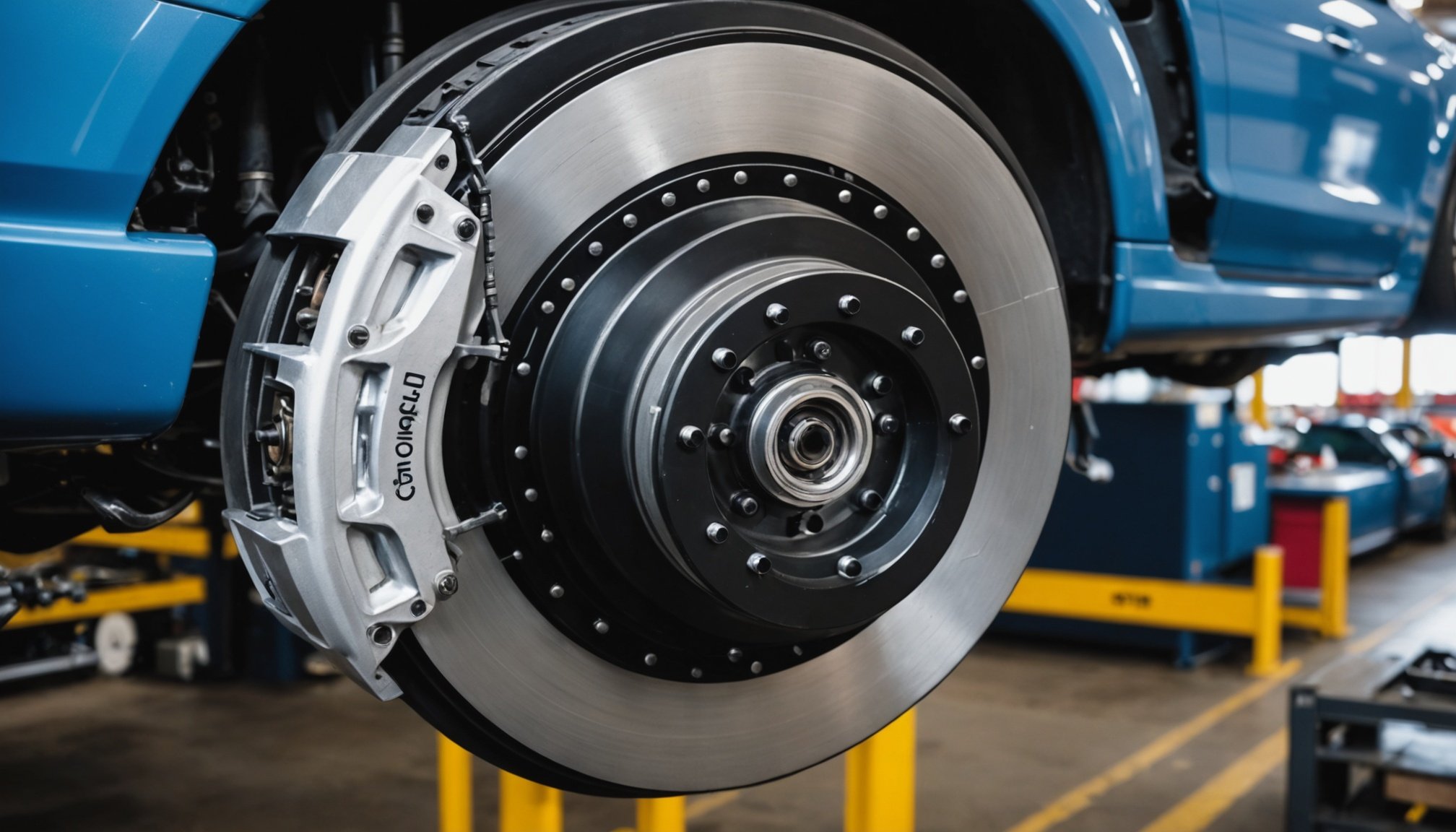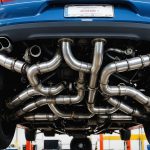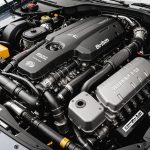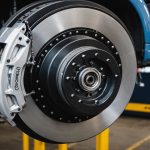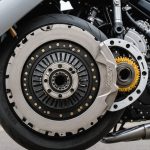Importance of Safety Protocols in High-Performance Brake Systems
Ensuring robust brake system safety is paramount for maintaining both the performance and reliability of high-performance vehicles. Improper alignment of brake systems can lead to severe performance optimization issues, affecting vehicle control and escalating the risk of accidents. Brake systems must adhere to strict safety standards to function effectively, as misalignment can compromise the system’s capacity to operate under stress, leading to potential failures.
In automotive engineering, adherence to these safety protocols ensures not only the optimal functioning of brake systems but also the longevity and safety of the vehicle itself. High-performance brake systems require meticulous attention to the quality of components and materials, as these elements play a crucial role in the overall system performance.
Also to read : Crucial safety guidelines for installing aftermarket performance exhaust systems
Misalignments in the brake system can result in uneven wear, reduced stopping power, and compromised control, particularly at high speeds. Thus, maintaining proper alignment is essential for achieving performance optimization and mitigating risks associated with brake failure. By rigorously following safety protocols and standards, engineers ensure that brake systems can withstand the rigors of high-performance environments, providing reliability, safety, and peak performance.
Installation Guidelines for High-Performance Brake Systems
Adhering to the proper brake installation guidelines is crucial for ensuring the safety and effectiveness of high-performance brake systems. Correct installation plays a pivotal role in maintaining optimal performance and longevity of the brakes.
Also read : Mastering oxygen sensor maintenance: unlocking the ideal air-fuel ratio for optimal engine performance
Selecting the Right Components
In the selection process, key considerations include component compatibility and the quality of materials. Using components that are incompatible can lead to underperformance and safety issues. Quality materials are essential for the system’s durability and performance optimization, ensuring that the brake system withstands the rigours of high-speed scenarios. Prioritising premium materials and ensuring compatibility are fundamental steps in a successful installation.
Step-by-Step Installation Process
A meticulous, detailed approach to installation is imperative to ensure accuracy and safety. Begin with securing essential tools and following the manufacturer’s safety procedures. Taking shortcuts can introduce potential failures and diminish system reliability. Specifically, securing all components tightly and monitoring for any unusual resistance during installation is crucial.
Post-Installation Checks
Conducting thorough post-installation checks, such as essential safety tests, is vital. These checks validate that all components function correctly and mitigate the risk of future failures. Professional inspections offer an added layer of validation, ensuring adherence to safety standards and that all installation aspects align with performance expectations.
Maintenance Best Practices for Brake Systems
Maintaining the brake maintenance regimen for high-performance vehicles is vital for ensuring longevity and safety. Routine maintenance schedules serve as the backbone of vehicle upkeep. By adhering to these schedules, early detection of wear or failure is possible, ultimately minimizing safety hazards and performance drop-offs. Essential performance checks help in identifying issues like unusual brake noise, vibrations, and reduced responsiveness.
Recognising early signs of wear, such as thinning brake pads or leaking brake fluid, can avert potential failures. These elements need constant monitoring to sustain peak vehicle performance. The utilisation of recommended tools, such as digital brake testers and contour gauges, enhances the precision of maintenance tasks. Such tools support technicians in assessing component conditions accurately, leading to effective brake maintenance.
Adopting sophisticated techniques like laser-guided alignment ensures precise performance checks and prolongs the system’s life span. Advanced diagnostics further aid in anticipating possible failures before they become significant concerns. These proactive measures are part of a comprehensive maintenance practice that not only boosts reliability but optimises the vehicle’s stopping power. Emphasising trained personnel is crucial; skilled technicians can provide insightful feedback and execute maintenance tailored to specific high-performance brake systems.
Optimizing Brake System Alignment
Managing ideal brake alignment is crucial for achieving top performance optimization in high-performance vehicles. Proper alignment ensures the braking system operates at maximum efficiency, crucial in both everyday and high-stress scenarios. Misalignments generally lead to uneven wear, reduced braking power, and risks, especially at elevated speeds.
Techniques for Proper Alignment
To ensure precise alignment, best practices focus on meticulous measurement techniques utilising both traditional and advanced methods. Digital alignment tools provide enhanced accuracy, making them an essential asset in modern automotive settings. Investing in such technology is pivotal for maintaining optimal brake alignment, vital for performance and reliability.
Common Misalignment Issues and Solutions
Standard problems include uneven component wear and subsequent performance drop-offs, often seen during racing conditions. Addressing these involves comprehensive checks using laser-guided systems and recalibration. Routinely scheduled inspections serve as preventive measures, mitigating potential issues before they escalate.
Case Studies on Alignment Impact
Examining practical situations where alignment profoundly affected vehicle performance provides valuable insights. For instance, various racing events highlight the importance of proper alignment: poorly aligned brakes often lead to race-ending failures or significant control issues. These real-world scenarios underscore the necessity of regular, precise adjustments in achieving consistently high performance levels.
Expert Insights and Case Studies
Gaining insights from automotive safety experts can illuminate best practices in high-performance brake systems. Experts emphasise that meticulous attention to brake system alignment can significantly enhance vehicle performance. A common mistake is neglecting routine alignment checks, which often leads to diminished braking efficiency and increased wear. Incorporating techniques such as laser-guided alignment ensures precise adjustments and optimal performance.
Interviews with Automotive Safety Experts
Interviews reveal that experts prioritize performance optimization through comprehensive maintenance routines. Experts like Dr. Emily Carter advocate for using advanced diagnostic tools to anticipate potential failures. These tools help identify issues before they escalate, ensuring the reliability and safety of high-performance vehicles.
Review of Notable Case Studies
Delving into real-world case studies offers valuable lessons. For instance, a misalignment issue during a racing event led to early brake fader, affecting both safety and performance. This underscores the critical nature of adhering to safety protocols in racing scenarios where performance stakes are high.
Innovative Alignment Techniques
The industry has seen a rise in innovative alignment methods. The use of digital calibration tools is becoming standard, offering unprecedented accuracy. These methods not only enhance vehicle control but also significantly extend the lifespan of brake components, embodying the future of safety in high-performance automotive engineering.
Potential Risks and Mitigation Strategies
Elevating brake system safety to an essential priority can significantly reduce potential hazards in high-performance applications. Common risks, such as overheating and material fatigue, affect the system’s reliability, prompting safety concerns. These issues often arise from intense stress conditions, prevalent in motorsports and everyday high-speed driving.
Identifying Risks in Brake Systems
Key risks include excessive pad wear, fluid leakage, and disc damage, all of which degrade braking efficiency over time. Frequently, these failures stem from subpar components or insufficient performance optimization. Such lapses not only jeopardize the vehicle’s safety but can also incur substantial repair costs.
Developing Mitigation Strategies
Mitigation strategies focus on maintaining rigorous maintenance schedules and employing advanced diagnostic tools for proactive detection of issues. Regular training for technicians is crucial to stay ahead of emerging challenges. Emphasizing quality in component selection and incorporating robust safety procedures ensure long-term dependability.
Regulatory Considerations and Compliance
Understanding automotive safety regulations is pivotal for aligning brake system practices with compliance standards. Adhering to these regulations provides a structured path for performance optimization. Compliance not only safeguards against legal repercussions but enhances safety and vehicle reliability, fostering consumer confidence.
